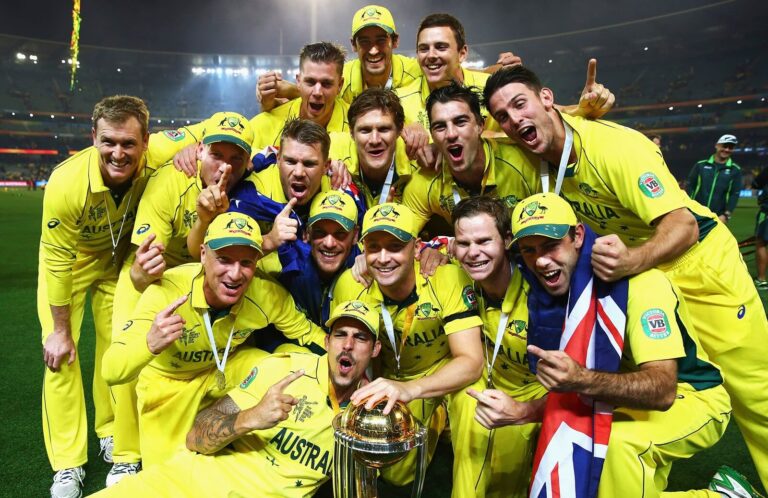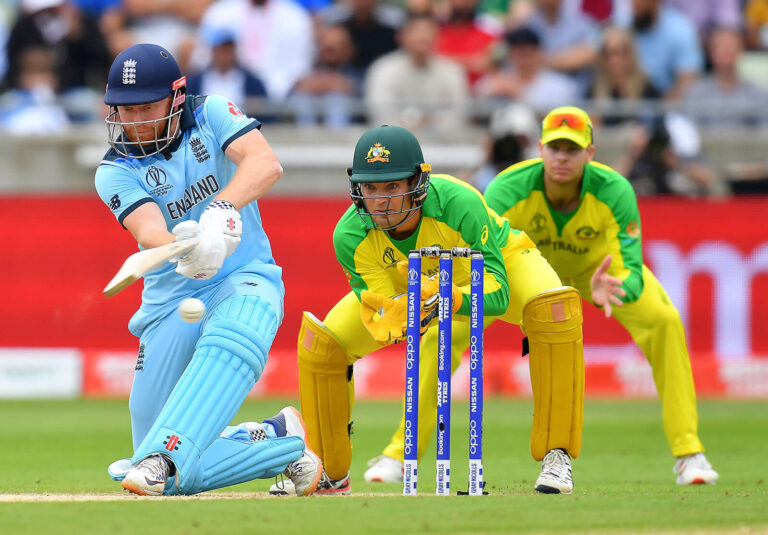The follow-up to pop superstar Selena Gomez’s 2015 Revival album is “finally done,” she recently revealed. While a release date hasn’t been announced yet, another question that’s surrounding the hotly anticipated record is the direction in which Gomez will take with it. The most recent singles that she’s jumped on have seen her cross over to the Latin music world.
With her recent stint in Latin music, a feature on DJ Snake’s “Taki Taki” alongside Ozuna, Gomez notched a No. 1 hit on both Billboard’s Hot Latin Songs chart for 13 nonconsecutive weeks and the Latin Rhythm Airplay chart for two consecutive weeks last year. Meanwhile, this year’s “I Can’t Get Enough” was a top 20 hit on the Latin Pop Songs chart.
But it’s not the first time Gomez has dabbled in Spanish. Since breaking out with 2009’s Kiss & Tell, the multi-hyphenate has embraced her Mexican American roots many times, as we can see below.
“Natural” (2009)
Even though a Latin music version of Gomez and the Scene’s breakthrough hit “Naturally” never surfaced, while promoting 2009’s Kiss & Tell album in Spain, she would briefly sing the song for fans with Spanish-language lyrics. Now the only evidence of “Natural” exists in YouTube clips that were recorded at those special events. The potential for Gomez to take on the Latin music scene earlier was there.
“Un Año Sin Lluvia” (2010)
For her second album with the Scene, 2010’s A Year Without Rain, Gomez released her first song fully in Spanish, “Un Año Sin Lluvia.” She translated her thirst for romance on the electro-pop ballad into a sultry performance and re-recorded the music video well while still looking like a goddess. The wait for Gomez to finally embrace her Mexican roots in her music was over.
“Fantasma de Amor” (2010)
Another cut from Gomez and the Scene’s A Year Without Rain, “Ghost of You,” was translated into Spanish as “Fantasma de Amor.” Unlike “Un Año Sin Lluvia,” the song was never formally released but fortunately the full mix exists on YouTube. Gomez proves that she can deliver emotional content in Spanish as she fights off the feelings of an old flame that haunt her.
“Dices” (2011)
“Who Says,” the lead single from Gomez’s third and final album with the Scene, 2011’s When the Sun Goes Down, was recorded in Spanish as “Dices.” Her empowering power ballad was able to uplift a whole other audience with this translation — it was important that one of the most meaningful songs in Gomez’s music catalog could reach and connect with her Latin American fans as well.
“Bidi Bidi Bom Bom” (2012)
Gomez, who was named after the late and great Tejano music legend Selena Quintanilla-Pérez, actually got to record with her namesake’s voice on the 2012 remix album Enamorada de Ti. Quintanilla’s family especially selected Gomez to sing the classic “Bidi Bidi Bom Bom” in a posthumous duet with Selena. Gomez complemented her idol beautifully, with vocals that breathed new life into the song.
“Más” (2014)
The Spanish-language version of “More,” one of the songs on Gomez and the Scene’s first album, 2009’s Kiss & Tell, surfaced as “Más” on her greatest hits set, 2014’s For You. As a gift to fans on that parting album with Hollywood Records, she gave them the punchy, pop-rock anthem in a different light. If only “Natural” could have been released that way as well, but we’ll take what we can get.
“Me & My Girls” (2015)
On her debut album with Interscope Records, 2015’s Revival, Gomez didn’t record anything fully in Spanish, but she explored Latin music influences on the songs “Body Heat” and “Me & My Girls.” With the latter track, to show off her more mature image, she sings in Spanish, “Don’t fuck with us.” Gomez performed “Me & My Girls” at the 2015 Victoria’s Secret Fashion Show, and surprisingly wasn’t censored.
“Taki Taki” (2018)
Gomez really made a Splash in Latin music last year with her feature on DJ Snake’s “Taki Taki” alongside Puerto Rican superstar Ozuna and Latina rapper Cardi B. On the reggaeton/EDM hybrid banger, she comes through with a verse in Spanglish, offering to get the fiesta started. The surprise collaboration connected with fans around the globe and resulted in Gomez’s first No. 1 on the Hot Latin Songs chart.
“I Can’t Get Enough” (2019)
After getting a taste of success in Latin music with “Taki Taki,” Gomez teamed up with Puerto Rican producer Tainy, pop producer Benny Blanco, and Colombian superstar J Balvin on “I Can’t Get Enough.” She doesn’t sing in Spanish on the hypnotic reggaeton track, but she represents her Chicana culture well with her giant hoop earrings on in the slumber party music video. We can’t get enough of Latina Selena.










